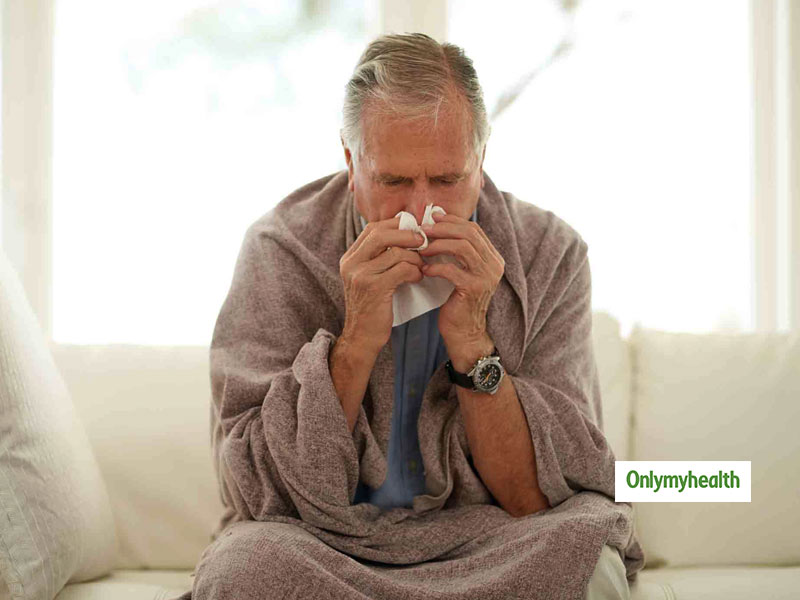
Winters not only bring cold air but also various diseases. Moreover, the chance of winter-disease increases as the weather changes. Wearing sweaters, shawls is not enough to avoid winter diseases and cold, but certain precautions are also necessary. For example, the problem of cough and cold, dry skin, sore throat, bronchitis, and pneumonia is very common. Here we are telling you about those 5 diseases, which often affect the onset of winter. Let's know the causes, symptoms, and treatment of those diseases.
Table of Content:-
Strep Throat
This disease is not associated with a sore throat. There is a lot of difference between these two. The cause of strep throat is a bacterial infection. While a sore throat is quite painful (step throat is not as painful). Symptoms include swelling, fever, headache, and swelling of the lymph nodes of the neck.

Necessary measures: Antibiotics can soothe it, but drinking lukewarm water could be beneficial. Take medicines only after doctor's advice.
Bronchitis
In winters, it is a common respiratory infection that targets children under two years of age. The respiratory syncytial virus is the most common cause of the disease. This virus causes inflammation in the lungs (blocked by mucus) which causes difficulty in breathing. The disease appears with nasal congestion, low-grade fever, cough, and sneezing.
Also read : Tips for heart patients during winters
Necessary measures: It is very important to get plenty of rest and lots of water.
Pneumonia
Pneumonia is a lung infection caused by bacteria. You may have a cough, fever, and respiratory problems. Prolonged exposure can lead to asthma, cancer or cardiovascular problems.

Necessary measures: If you have trouble breathing, you should seek medical attention immediately. High fever can be a sign of the worsening of pneumonia.
Dehydration
- While it is widely noted that the amount of water we drink in winter is vastly decreased, the point we all seem to miss is that in winter, the air around us is much drier than in summers. Because of the plummeting temperatures, one may assume that the body does not need as much water as in summers, but says Dr. Ratna Dubey, Dietician and Nutritionist, “that is not true.” “Don’t wait till you feel thirsty to drink water,” she advises, “just drink your regular eight to ten glasses a day to stay healthy.”
- One of the ways of telling that the body needs water is by the color of urine. Almost clear urine is indicative of the body getting enough water, but dark or deep amber-colored urine s indicative of not drinking enough water.
Also read : Buttermilk helps prevent dehydration
Carbon Monoxide Poisoning
- It is common knowledge that in the winter, the numbers of gas heaters, oil-burning furnaces, portable generators, stoves and heating lanterns being used goes up. To keep our homes warm, one or several of the aforementioned appliances are used. Coupled with the tightly shut doors and windows, they can prove extremely dangerous. This is because when such appliances burn, they produce a colorless odorless (and consequently unidentifiable) gas called carbon monoxide.
- Carbon monoxide, if inhaled instead of oxygen can lead to fatal consequences. To safeguard against such a hazard, it is important to keep homes well ventilated and to ensure that no wood, charcoal or gas fires are lit in unventilated rooms or even outside near open windows (so that the fumes don’t go inside).
Read more articles on Other Diseases
How we keep this article up to date:
We work with experts and keep a close eye on the latest in health and wellness. Whenever there is a new research or helpful information, we update our articles with accurate and useful advice.
Current Version
